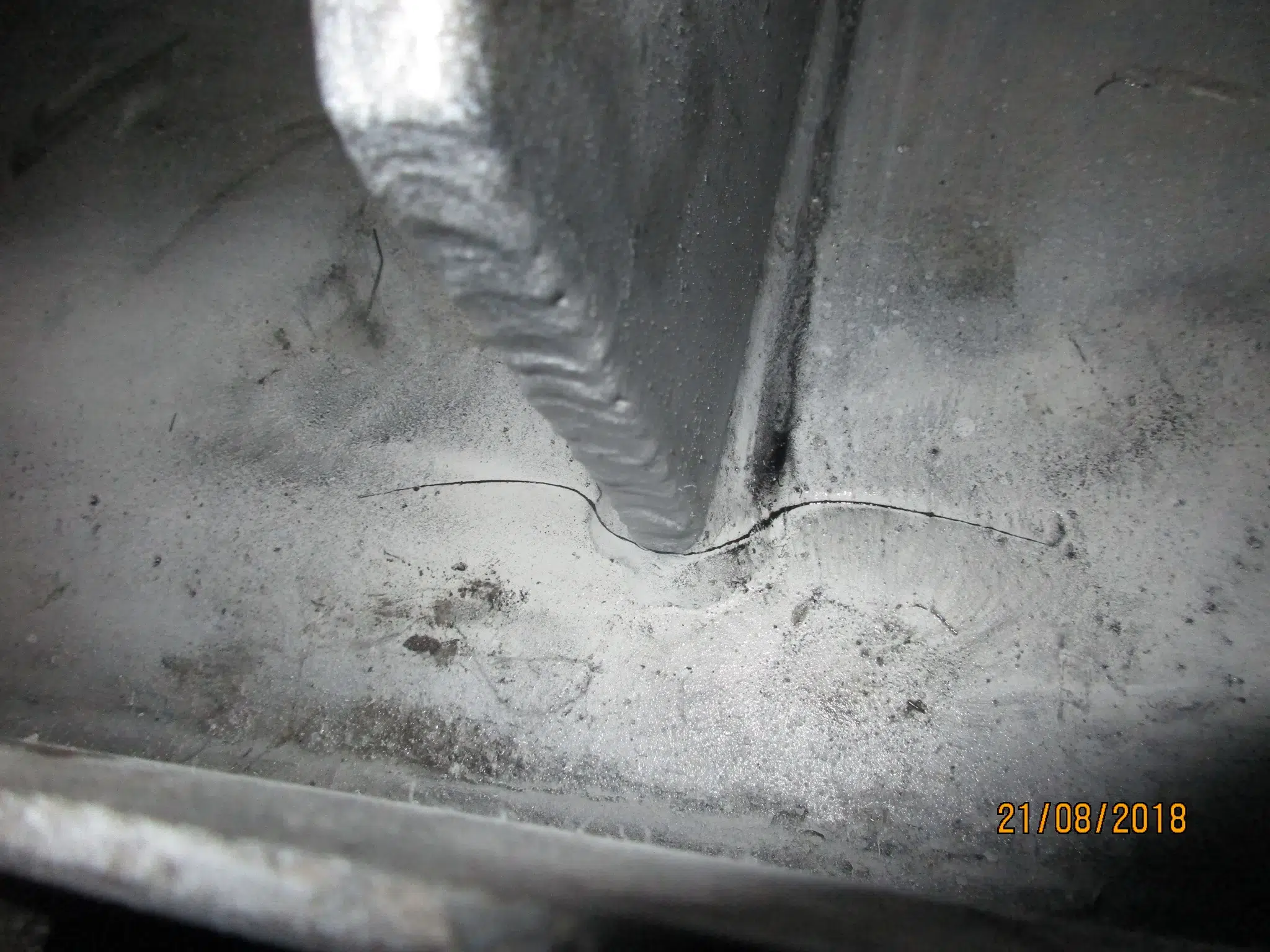
Magnetic Particle Inspection (MPI) (MT)
Welcome to [NDT Inspection Portal]’s Magnetic Particle Inspection (MPI) group, a place for... View more
Understanding the Magnetic Particle Inspection (MT) Process
Understanding the Magnetic Particle Inspection (MT) Process
Understanding the Magnetic Particle Inspection (MT) Process
The Magnetic Particle Inspection or Examination (MT) Process is a low cost method of performing a non-destructive examination (NDE) of ferromagnetic material. Magnetism has been used to check for defects as early as 1868, when it was used to check for cracks in magnetized cannon barrels using a compass. Magnetic Particle Inspection is a moderately simple concept. It is the process of looking for leakage in magnetic flux. Once the part in question is magnetized, it becomes polarized–the north pole being where the magnetic force exits, and the south pole where it enters. An example of this can be witnessed with a magnet that is broken in half. Each piece is a complete magnet with a north and south pole. Similarly, if there is a crack on the surface, poles will start to form on either side. The magnetic field around the crack will change, exiting at the north and reentering at the south pole. When this field spreads out, it gives a similar appearance to leaking out of the material, and is therefore called a magnetic flux leakage field.
The process of Magnetic Particle Inspection is relatively straightforward; however surface preparation is a critical first step. This step requires a chemical cleaning process using detergents, organic solvents, descaling solutions, or other processes. Next a magnetic field must be introduced into the part. Once the part is magnetized, small ferromagnetic particles such as iron powder are added. The excess is carefully removed, usually by some form of air stream. Afterwards, the part is inspected for any indications of cracks. Any area where the ferromagnetic material remains indicates a defect. Finally, the part must be rotated 90 degrees and the process repeated, because discontinuities parallel to the lines of magnetic flux will not result in leakage. The primary advantages to using Magnetic Particle Inspection are speed of the examination, the low cost of the process, and the fact that defect indications are directly visible on the material’s surface.
Sorry, there were no replies found.
Log in to reply.